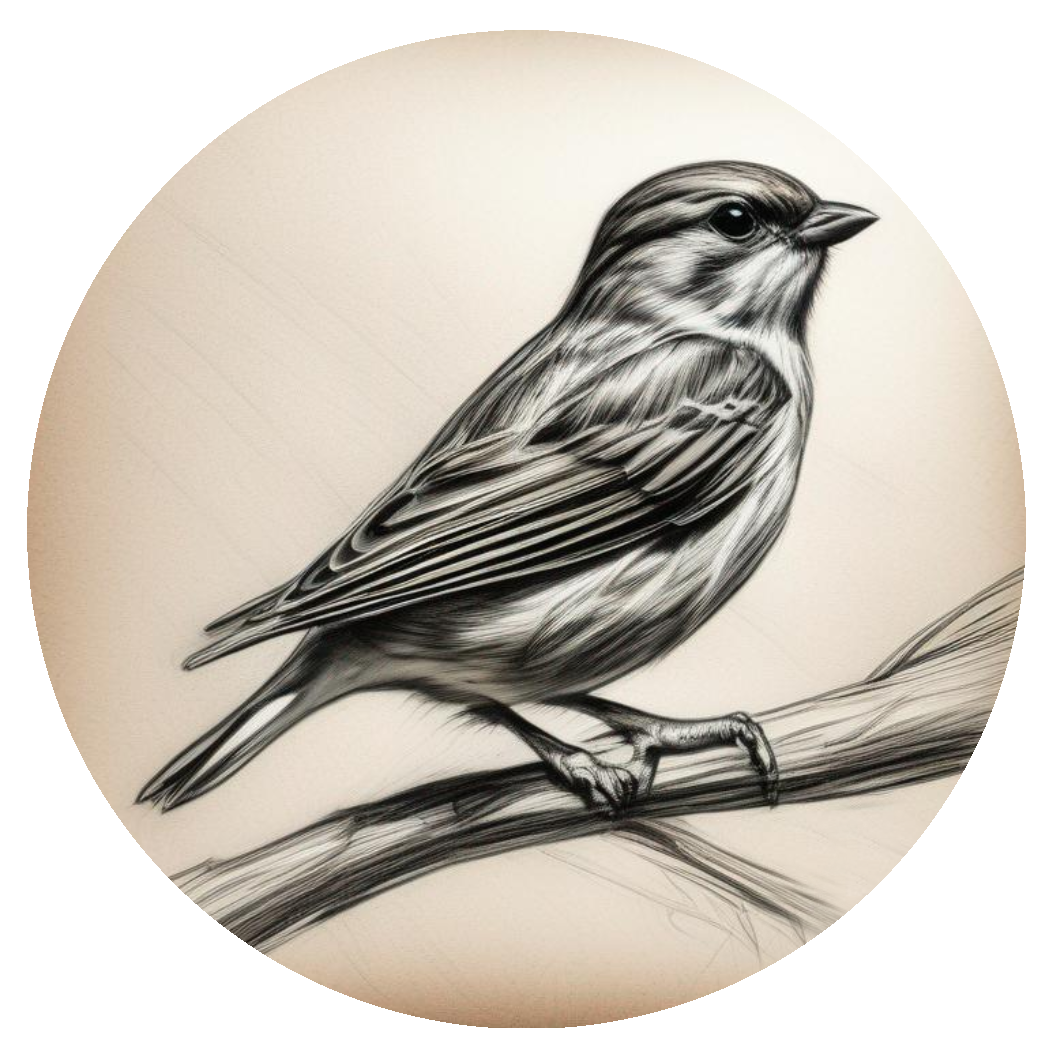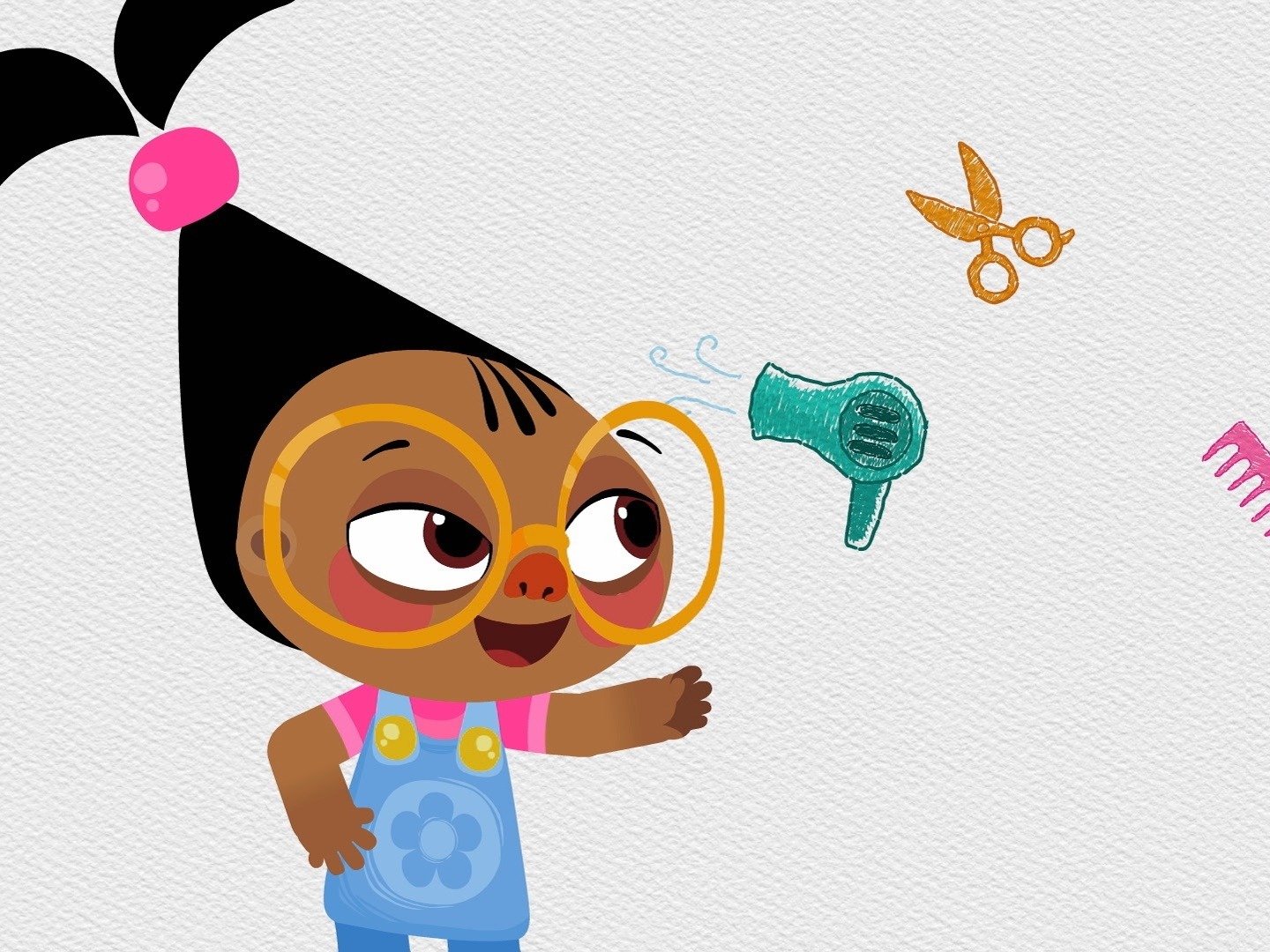Sketch has become an essential figure in the world of digital design and creative industries. From its humble beginnings to its current status as a household name, Sketch continues to shape how designers think, create, and innovate. Whether you're a beginner or a seasoned professional, understanding Sketch is crucial for anyone involved in modern design processes.
Sketch is not just a name but a representation of creativity, functionality, and adaptability. In this article, we will delve into the origins, significance, and impact of Sketch in the design community. Whether you're exploring graphic design, UI/UX design, or even web development, Sketch plays a pivotal role in streamlining workflows and enhancing productivity.
By the end of this article, you will have a comprehensive understanding of who Sketch is, its importance, and why it continues to be a favorite among designers worldwide. Let's dive in and discover what makes Sketch such a remarkable tool in the creative world.
Read also:Judd Nelson The Iconic Actors Journey Through Hollywood
Table of Contents:
- Biography of Sketch
- History and Evolution
- Key Features of Sketch
- Advantages of Using Sketch
- Disadvantages of Sketch
- Sketch vs. Other Design Tools
- Use Cases for Sketch
- The Sketch Community
- The Future of Sketch
- Conclusion
Biography of Sketch
Introduction to Sketch
Sketch is a digital design tool that revolutionized the way designers approach creativity and productivity. Launched in 2010 by Pieter Omvlee, the founder of Bohemian Coding, Sketch quickly gained traction due to its intuitive interface and powerful features tailored specifically for designers. Unlike other design tools that cater to a broader audience, Sketch focuses on the needs of digital designers, making it a go-to choice for UI/UX and graphic design projects.
Data and Information
Below is a table summarizing key details about Sketch:
| Category | Details |
|---|---|
| Founder | Pieter Omvlee |
| Year Founded | 2010 |
| Company | Bohemian Coding |
| Primary Use | UI/UX Design, Graphic Design |
| Operating System | macOS |
History and Evolution
Sketch's journey began in 2010 when Pieter Omvlee introduced the first version of the software. Initially, it was designed to address the limitations of Adobe Photoshop and Illustrator for digital design. Over the years, Sketch has evolved significantly, adding features like plugins, symbols, and responsive design tools to meet the growing demands of the design community.
According to a report by Statista, the number of Sketch users has grown exponentially since its inception. This growth is attributed to its focus on simplicity, efficiency, and collaboration, making it an indispensable tool for designers worldwide.
Key Features of Sketch
Sketch offers a wide array of features that cater to the needs of modern designers. Below are some of the standout features:
Read also:John Bonham The Legend Behind The Drums
- Vector Editing: Sketch provides powerful vector editing tools, allowing designers to create scalable designs with precision.
- Plugins: With a vast library of plugins, designers can extend Sketch's functionality to suit their specific needs.
- Responsive Design: Sketch supports responsive design, enabling designers to create layouts that adapt to various screen sizes.
- Symbol Library: The symbol library allows designers to reuse elements across designs, saving time and ensuring consistency.
- Collaboration Tools: Sketch integrates with platforms like Slack and InVision, facilitating seamless collaboration among team members.
Advantages of Using Sketch
Sketch offers numerous advantages that make it a preferred choice for designers. Here are some of the key benefits:
- Efficiency: Sketch's streamlined interface allows designers to work faster and more efficiently.
- Customization: With its extensive plugin ecosystem, designers can tailor Sketch to their specific workflows.
- Scalability: Sketch's vector-based design ensures that designs remain sharp and clear at any resolution.
- Cost-Effective: Unlike subscription-based models, Sketch offers a one-time purchase option, making it budget-friendly for freelancers and small businesses.
Disadvantages of Sketch
While Sketch has many advantages, it also has some limitations:
- Platform Restriction: Sketch is only available on macOS, which may limit its accessibility for Windows users.
- Learning Curve: For beginners, mastering Sketch's advanced features may require some time and effort.
- Limited File Compatibility: Sketch files are not compatible with other design software, which may pose challenges during cross-platform collaboration.
Sketch vs. Other Design Tools
Comparison with Adobe Photoshop
While Adobe Photoshop is a versatile tool for photo editing and graphic design, Sketch outshines it in terms of UI/UX design. Sketch's focus on digital design makes it more efficient and user-friendly for creating interfaces and prototypes.
Comparison with Figma
Figma, another popular design tool, offers cloud-based collaboration features that Sketch lacks. However, Sketch's one-time purchase model and plugin ecosystem give it an edge over Figma for certain users.
Use Cases for Sketch
Sketch is widely used in various design scenarios, including:
- UI/UX Design: Designers use Sketch to create wireframes, prototypes, and high-fidelity designs for websites and mobile apps.
- Graphic Design: Sketch's vector editing capabilities make it ideal for creating logos, icons, and other graphic elements.
- Web Development: Developers rely on Sketch to generate code-friendly designs that can be easily implemented into web projects.
The Sketch Community
Sketch has built a strong community of designers who contribute to its growth and success. Through forums, social media, and events, designers share tips, tutorials, and plugins to enhance their Sketch experience. This collaborative environment fosters innovation and continuous improvement within the design community.
The Future of Sketch
As technology advances, Sketch continues to evolve to meet the changing needs of designers. With ongoing updates and new features, Sketch aims to remain at the forefront of the design industry. According to Bohemian Coding, future developments will focus on improving collaboration tools, expanding plugin capabilities, and enhancing cross-platform compatibility.
Conclusion
In conclusion, Sketch has established itself as a leading tool in the world of digital design. Its focus on simplicity, efficiency, and customization makes it an invaluable asset for designers. Whether you're creating user interfaces, graphic designs, or web layouts, Sketch provides the tools and features you need to succeed.
We encourage you to explore Sketch further and share your experiences with the community. Don't forget to leave a comment below or check out our other articles for more insights into the world of design. Together, let's continue to push the boundaries of creativity and innovation!


